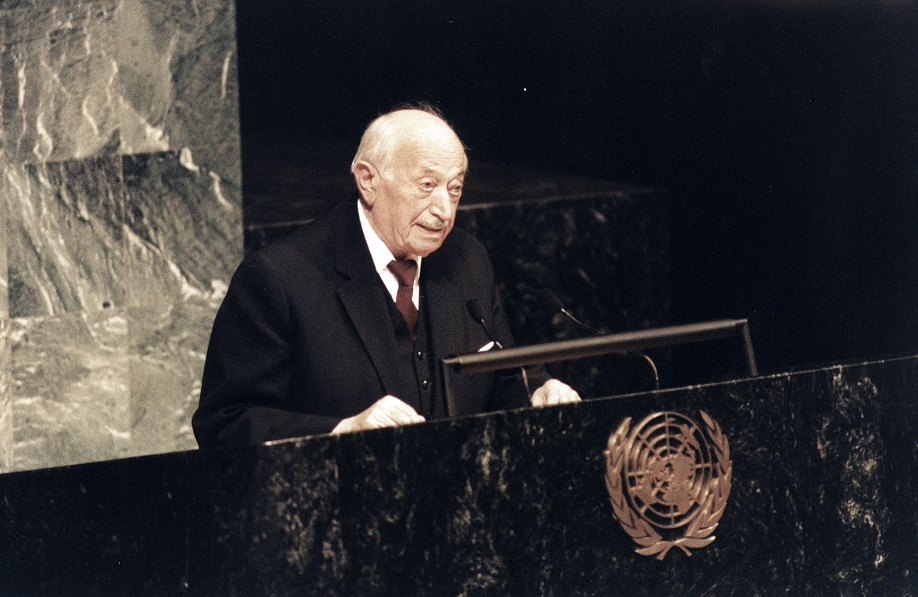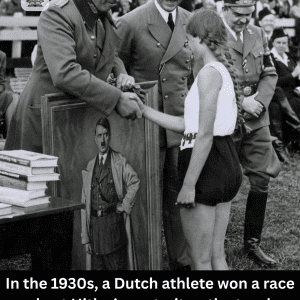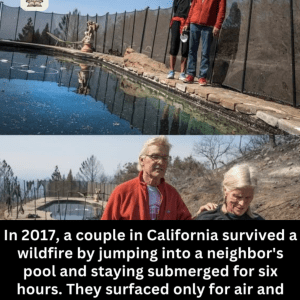Some people live through history. Others make sure the world never forgets it.
Simon Wiesenthal was one of those people. After surviving the horrors of the Holocaust, Wiesenthal made it his life’s mission to pursue justice not revenge. For over five decades, he tracked down and exposed Nazi war criminals who had managed to slip through the cracks of post-war chaos. His work helped bring more than 1,100 of them to justice, ensuring that their crimes were not erased or ignored.
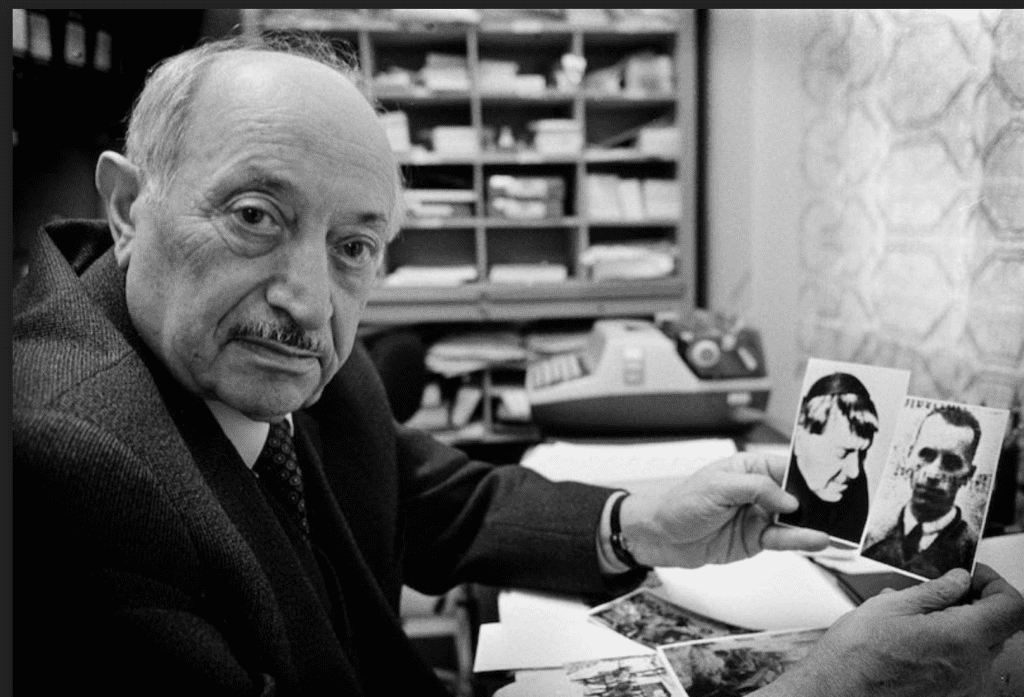
A Life Torn Apart by War
Born in 1908 in what is now Ukraine, Wiesenthal was a successful architect before World War II. But his life and the lives of millions of European Jews was shattered by the Nazi regime. He was arrested in 1941 and spent the rest of the war being shuffled between labor camps and concentration camps, including the infamous Mauthausen camp in Austria.
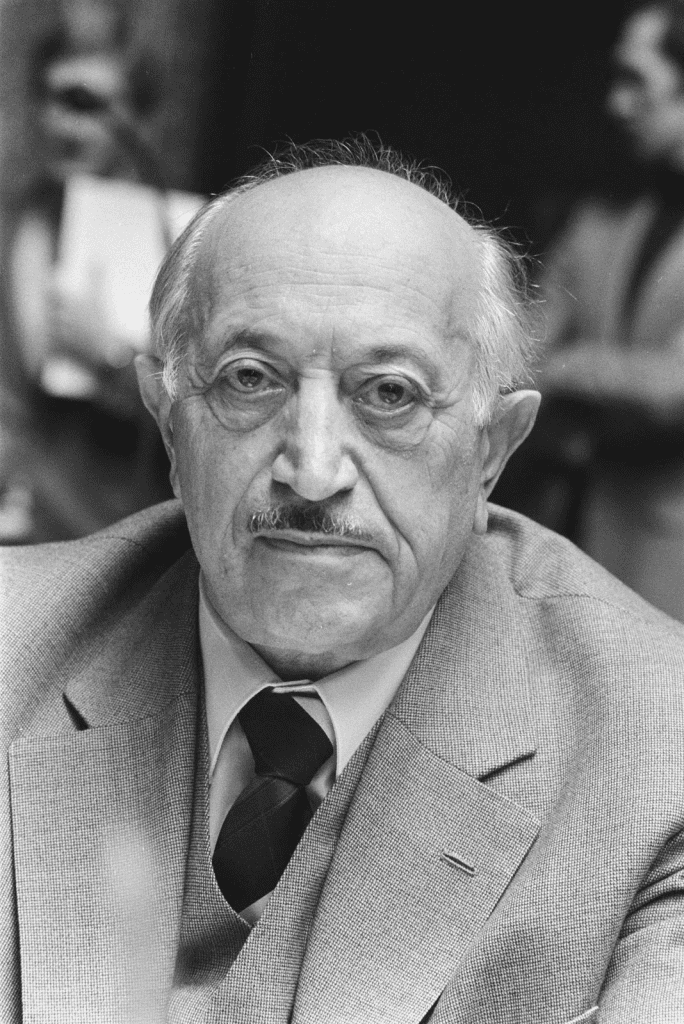
When liberation finally came in 1945, Wiesenthal weighed less than 100 pounds. His wife, whom he had thought dead, had miraculously survived. But more than 80 members of his extended family had perished. For many, the nightmare would have ended there. For Wiesenthal, it was only the beginning of a new mission.
Video:
Nazi Hunter Simon Wiesenthal : Know Thy Neighbour (1980) – The Fifth Estate
From Survivor to Nazi Hunter
Wiesenthal could have returned to architecture or lived a quiet life, but he couldn’t shake the memory of those who didn’t survive. Nor could he accept the idea that the people responsible for genocide could simply melt into society.
He began collecting testimonies and tracking names, often with nothing more than a typewriter, a phone, and fierce determination. In 1947, he opened the Jewish Documentation Center in Linz, Austria, to compile evidence for future trials. While many were ready to “move on,” Wiesenthal believed forgetting was dangerous.
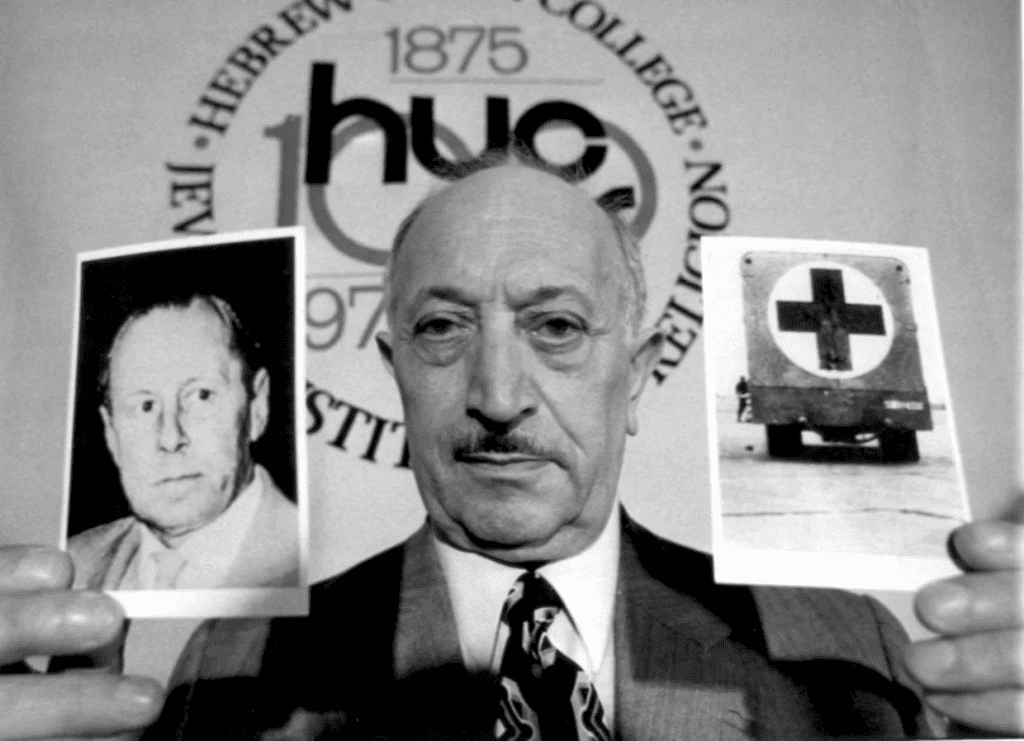
His most famous success came in 1960, when information he provided helped Israeli intelligence locate Adolf Eichmann, the architect of the “Final Solution.” Eichmann was captured in Argentina, tried in Jerusalem, and executed in 1962. It was a watershed moment not just for justice, but for memory.
Facing the World’s Apathy
Wiesenthal didn’t have the support of armies or governments at first. He faced criticism, threats, and sometimes even indifference. There were years when the world wanted to look away to forget what had happened. But Wiesenthal kept pushing.
Video:
Why was the Nazi Hunter so controversial?
He reminded people that war criminals were not just relics of the past they were living among us, sometimes under false names, sometimes in plain sight. Thanks to his relentless effort, figures like Franz Stangl (commander of Treblinka) and Hermine Braunsteiner (known as the “Stomping Mare” of Majdanek) were exposed and held accountable.
A Voice for the Voiceless
Simon Wiesenthal was more than a Nazi hunter. He was a storyteller, a symbol, and a voice for the six million Jews who never got to speak for themselves. His motto was simple: “Justice, not vengeance.” He believed that only through accountability could healing and reconciliation begin.
Wiesenthal also became a respected author and speaker, advocating for tolerance and Holocaust education. He warned of the dangers of denial and silence and emphasized the importance of remembering history accurately—not just for Jewish people, but for all humanity.
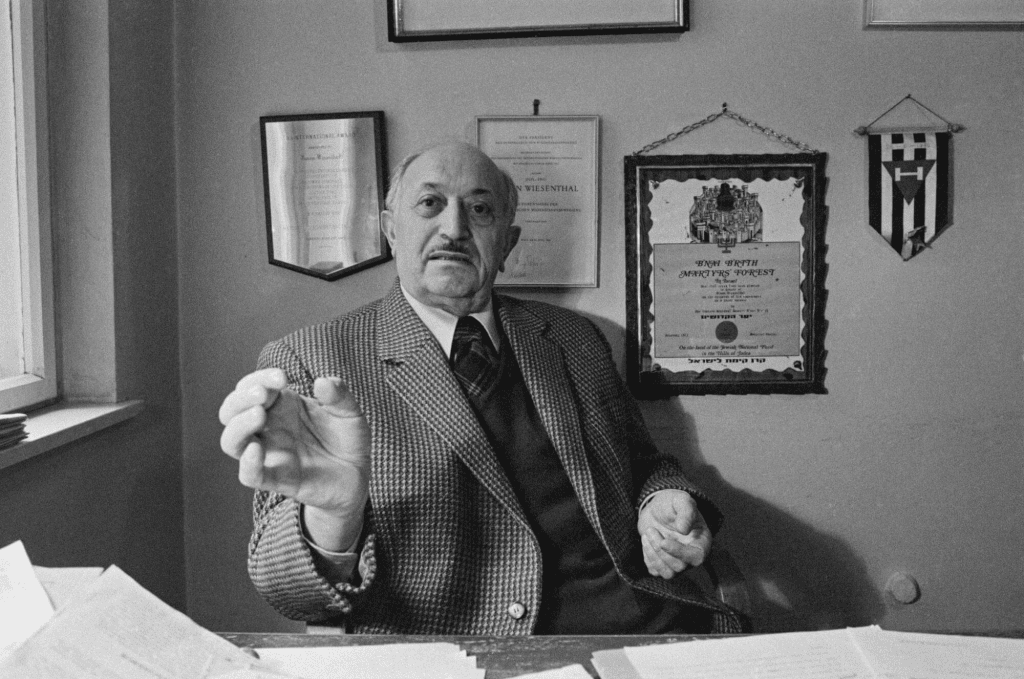
A Legacy That Still Matters
Simon Wiesenthal passed away in 2005 at the age of 96. But his work lives on through the Simon Wiesenthal Center in Los Angeles and countless other organizations committed to fighting hate, anti-Semitism, and genocide denial.
In an age where misinformation spreads easily and historical memory can be short, Wiesenthal’s story is a powerful reminder: the pursuit of truth is never over, and the price of forgetting is always too hi
